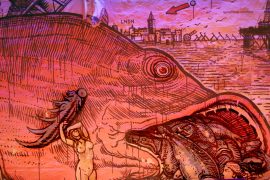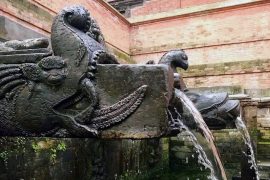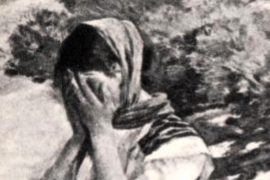In the 1st century CE, the Emperor of China, Ming Di, had a dream in which he saw a man with a golden face. Curious to decode the meaning behind his vision, he started to inquire about the man with an enlightened visage. Through his inquest, Ming Di came to know of the Buddha and the spread of his philosophy – Buddhism – in India.
Thereupon, Ming Di invited Buddhist monks to his kingdom to learn more about the Buddha’s teachings. By this time, the Buddhist order in India had been organised into the Mahayana and Hinayana sects. The Vajrayana sect, based on the esoteric practices of Tantrism, was also gaining ground and Sanskrit was widely used – even in Buddhism – for religious texts.
Accepting the emperor’s invitation, two monks – Kasyapa Matanga and Dharmaratna – went to Lo Yang, the capital of the Chinese kingdom, where they engaged in missionary activity and religious discourse to preach the word of the Buddha. To help Chinese scholars understand the Buddhist texts written in Sanskrit, and to facilitate a healthy exchange of ideas, they translated the Sanskrit texts into the Chinese language.
Copyright©Madras Courier, All Rights Reserved. You may share using our article tools. Please don't cut articles from madrascourier.com and redistribute by email, post to the web, mobile phone or social media.Please send in your feed back and comments to editor@madrascourier.com











